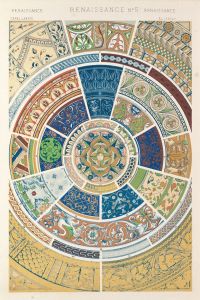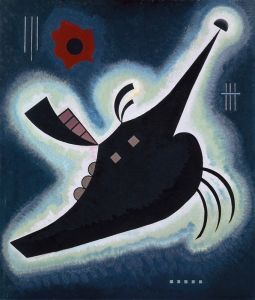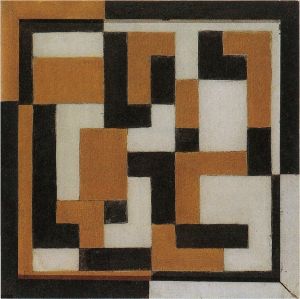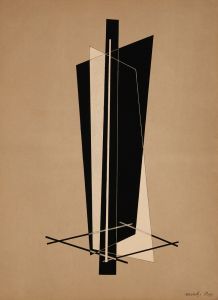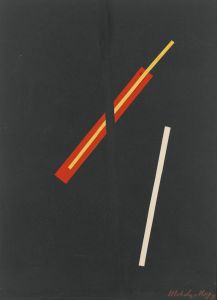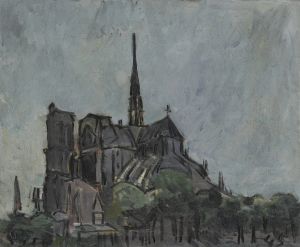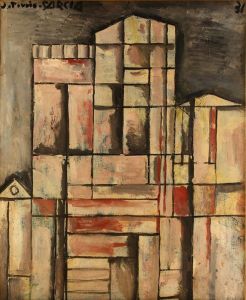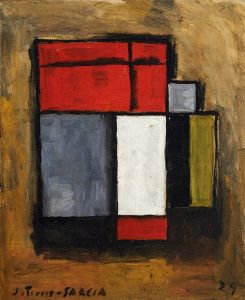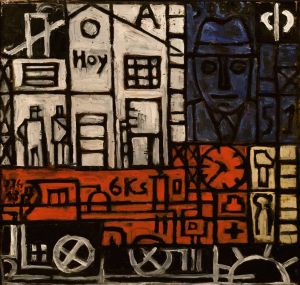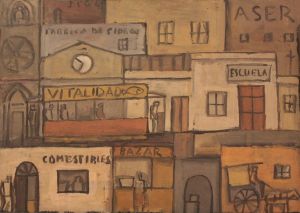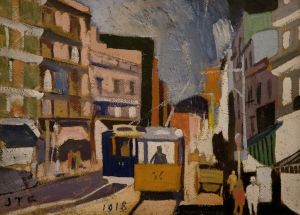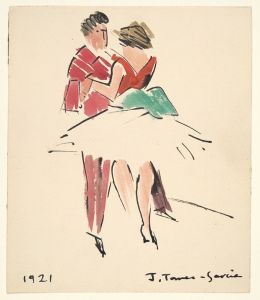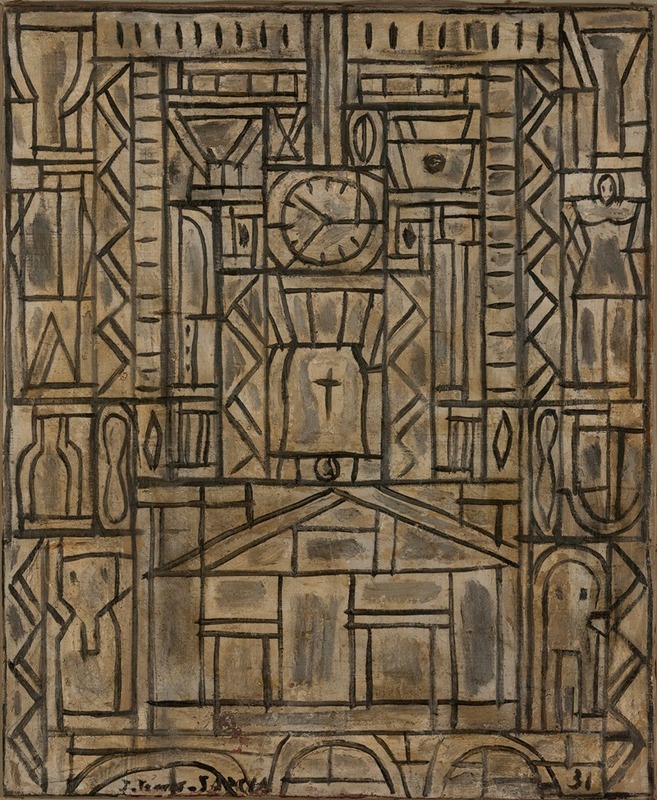
Contraste
A hand-painted replica of Joaquín Torres-García’s masterpiece Contraste, meticulously crafted by professional artists to capture the true essence of the original. Each piece is created with museum-quality canvas and rare mineral pigments, carefully painted by experienced artists with delicate brushstrokes and rich, layered colors to perfectly recreate the texture of the original artwork. Unlike machine-printed reproductions, this hand-painted version brings the painting to life, infused with the artist’s emotions and skill in every stroke. Whether for personal collection or home decoration, it instantly elevates the artistic atmosphere of any space.
Joaquín Torres-García was a prominent Uruguayan artist known for his contributions to modern art and his role in the development of Constructivism in Latin America. Born in Montevideo in 1874, Torres-García spent much of his early career in Europe, where he was influenced by various avant-garde movements. His work is characterized by a synthesis of different artistic styles, including Cubism, Surrealism, and Constructivism, which he adapted to create a unique visual language.
"Contraste" is one of the many works by Joaquín Torres-García that exemplifies his mature style, which he developed after returning to Uruguay in the 1930s. During this period, he founded the "Taller Torres-García," a workshop that became a hub for modern art in Latin America. His work during this time is marked by a grid-like structure, often referred to as "Constructive Universalism," which combines elements of abstraction with symbolic references to ancient cultures and modern life.
The painting "Contraste" reflects Torres-García's interest in balancing order and chaos, a theme prevalent in his Constructive Universalism. This approach sought to create harmony through geometric compositions while incorporating symbols and signs that conveyed universal meanings. The use of a grid structure in "Contraste" is typical of Torres-García's work, providing a framework within which he arranged various symbolic elements. These symbols often included references to the sun, the moon, ships, and other motifs that held personal and cultural significance for the artist.
Torres-García's work, including "Contraste," is noted for its earthy color palette, which often features warm tones such as ochre, brown, and red. This choice of colors reflects his desire to connect with the natural world and ancient art forms, particularly those of pre-Columbian cultures. By integrating these elements into his work, Torres-García aimed to create a universal art form that transcended cultural and temporal boundaries.
The influence of Torres-García's "Contraste" and his broader body of work extends beyond his lifetime, impacting both his contemporaries and future generations of artists. His emphasis on structure, symbolism, and the integration of diverse cultural elements has inspired artists across Latin America and beyond. The "Taller Torres-García" played a crucial role in disseminating his ideas, fostering a community of artists who continued to explore and expand upon his Constructive Universalism.
In summary, "Contraste" by Joaquín Torres-García is a significant work that embodies the artist's Constructive Universalism. Through its structured composition and symbolic content, the painting reflects Torres-García's quest for a universal artistic language that bridges the ancient and the modern. His innovative approach and dedication to creating a uniquely Latin American form of modern art have left a lasting legacy in the art world.





